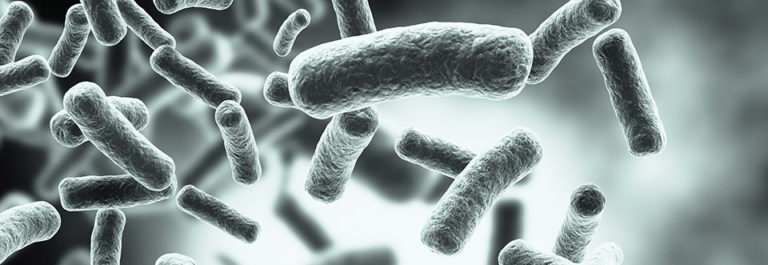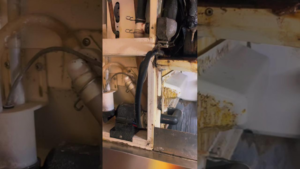CAN BACTERIA SURVIVE IN ICE?

As a food product, ice must be free of microbiological contamination. There is a belief that freezing kills all microorganisms. While many types of bacteria indeed die, some are dormant and, once defrosted, spring back to life and begin to reproduce.
What happens to the bacteria when the ice is frozen, stored, and defrosted?
Many bacteria just die during freezing. The longer they remain frozen, the more of them die. The lower the temperature, the higher the percentage of bacteria killed. However, even freezing at -80 °C does not kill all bacteria. For example, many of them are damaged, but when the temperature rises, they self-repair and multiply again. The survival rate of frozen microorganisms depends on several factors. An important factor is whether they form individual organisms or colonies in ice. Bacterial colonies are able to survive even if they are damaged. The bacteria whose spores are most resistant to freezing include Giardia or Cryptosporidium and the vegetative cells of micrococci, staphylococci, and streptococci. The survival rates can vary within a single group of bacteria. Gram-positive bacteria, such as Listeria, Streptococci, and Enterococci, have a higher survival rate than gram-negative bacteria, such as Coli, Legionella, Pseudomonas, Salmonella, typhoid, and Shigella, due to their 10-fold thicker walls. However, both groups can revive and reproduce when awakened from sleep. According to the recently published results of DNA repair of microbes from the 750,000-year-old ice, several bacteria from ice in Guliya, Qinghan-Tibetan plateau in Western China, revived. The results were published in the prestigious Applied and Environmental Microbiology journal. How have the bacteria survived so long? The dormancy theory has proven to be true as dormant bacteria are metabolically inert. Research is now underway to confirm that bacteria are capable of repairing their own DNA.
In summary, sub-zero temperatures cannot eliminate bacteria from a product. Frozen bacteria can revive and multiply as soon as the temperature is above 0 °C. This means that harmful microorganisms present in the water from which the ice is made or in the system of the ice-making machine, or introduced into the product by humans (e.g., through dirty hands), may prove hazardous to your health and cause unpleasant ailments if you consume the ice.
Sources: Ice World Journal, Volume 20, Issue 4, third quarter of 2018


Food and Nutrition Safety Act
The Food and Nutrition Safety Act has been in force in Poland since 28 October 2006. The food law is a set of legal acts establishing rules for the production and circulation of raw materials, food, and objects coming into contact with raw materials and food to the extent necessary to protect health and meet consumer expectations.

Bacteria in food and the risks they pose
The human body is made up of a number of interconnected systems and the malfunctioning of one system can affect the others. You should follow the good habits in your lifestyle to protect your body from contact with potentially dangerous micro-organisms, including bacteria.
Stowarzyszenie Producentów i Operatorów Certyfikowanego Lodu Spożywczego, (Association of producers and operators of certified food ice) KRS [National Court Register] No. 0000784552, REGON [National Official Business Register] No. 383424111, NIP [VAT] No. 7010927104 00-630 WARSZAWA, ul. POLNA 24/7


